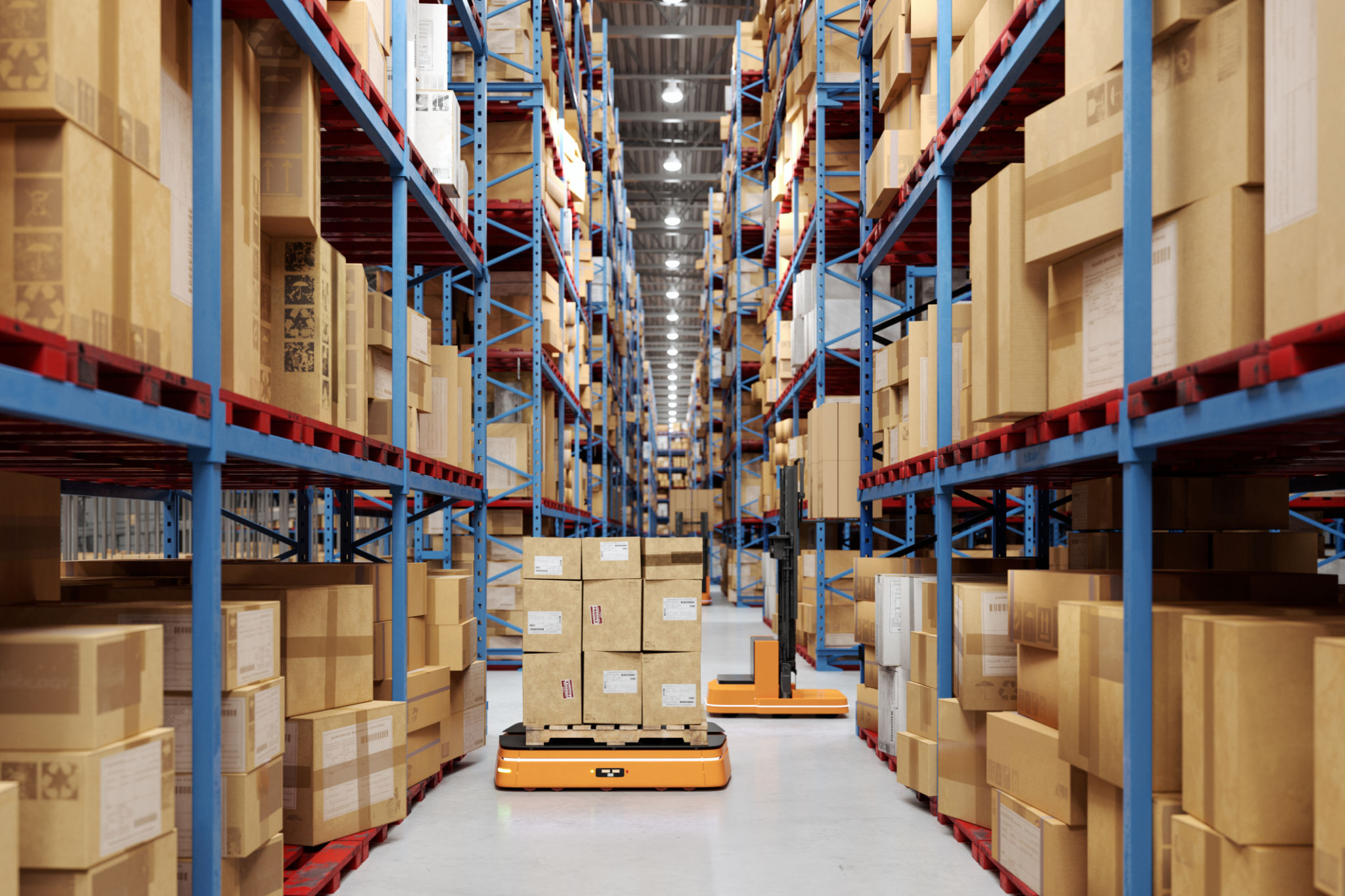How Robotics Automation is Transforming Industries Across the ASEAN Region
Introduction to Robotics Automation in ASEAN
The ASEAN region, comprising ten Southeast Asian countries, is rapidly becoming a hub for technological innovation. Among the most transformative trends in this area is the adoption of robotics automation across various industries. As businesses strive for increased efficiency and productivity, robotics automation is reshaping how industries operate, offering a glimpse into a more automated future.
Robotics automation involves the use of robots and automated systems to perform tasks traditionally handled by humans. This technology is not only enhancing productivity but also significantly reducing operational costs. In the ASEAN region, industries ranging from manufacturing to agriculture are reaping the benefits of this technological advancement.

Transforming the Manufacturing Industry
The manufacturing sector in ASEAN countries like Thailand, Vietnam, and Indonesia is experiencing a significant transformation due to robotics automation. These countries are leveraging robots to streamline production processes, improve precision, and enhance quality control.
Automated systems are particularly beneficial in tasks that require high precision and repeatability. By integrating robotics into manufacturing processes, companies can achieve consistent quality while minimizing waste. This shift not only makes production more efficient but also positions ASEAN manufacturers as competitive players on the global stage.

Enhancing Agricultural Productivity
Agriculture remains a vital sector in many ASEAN countries, and robotics automation is playing a crucial role in enhancing productivity. Technologies such as automated drones and robotic harvesters are being deployed to monitor crop health, optimize irrigation, and efficiently harvest produce.
These innovations help farmers address labor shortages and increase yield by ensuring that crops receive the precise amount of water and nutrients needed for optimal growth. Furthermore, robotics in agriculture reduces the reliance on manual labor, thereby increasing efficiency and sustainability.

Impact on Healthcare
The healthcare industry in the ASEAN region is also witnessing a transformation with the integration of robotics automation. Robots are being used for various applications, from surgical procedures to patient care. These advancements are improving the quality of healthcare services and increasing accessibility.
Robotic-assisted surgeries allow for minimally invasive procedures, reducing recovery times and improving outcomes for patients. Additionally, robots are helping healthcare providers manage patient care more efficiently, especially in remote or understaffed areas.

Challenges and Opportunities
Despite the numerous benefits, the adoption of robotics automation in the ASEAN region faces several challenges. These include high initial investment costs, a shortage of skilled workforce, and resistance to change from traditional practices. However, these challenges present opportunities for growth and development.
Governments and educational institutions are investing in upskilling programs to prepare the workforce for a more automated future. By addressing these challenges, ASEAN countries can fully harness the potential of robotics automation and ensure sustainable economic growth.
Conclusion: A Future Powered by Robotics
Robotics automation is undeniably transforming industries across the ASEAN region. The integration of automated systems is driving efficiency, enhancing productivity, and setting new standards for quality in various sectors. As technology continues to evolve, the ASEAN region is poised to become a leader in robotics innovation.
The future looks promising as more industries embrace automation and capitalize on its benefits. By investing in robotics technology and fostering a culture of innovation, ASEAN countries can ensure their continued growth and competitiveness on the global stage.
